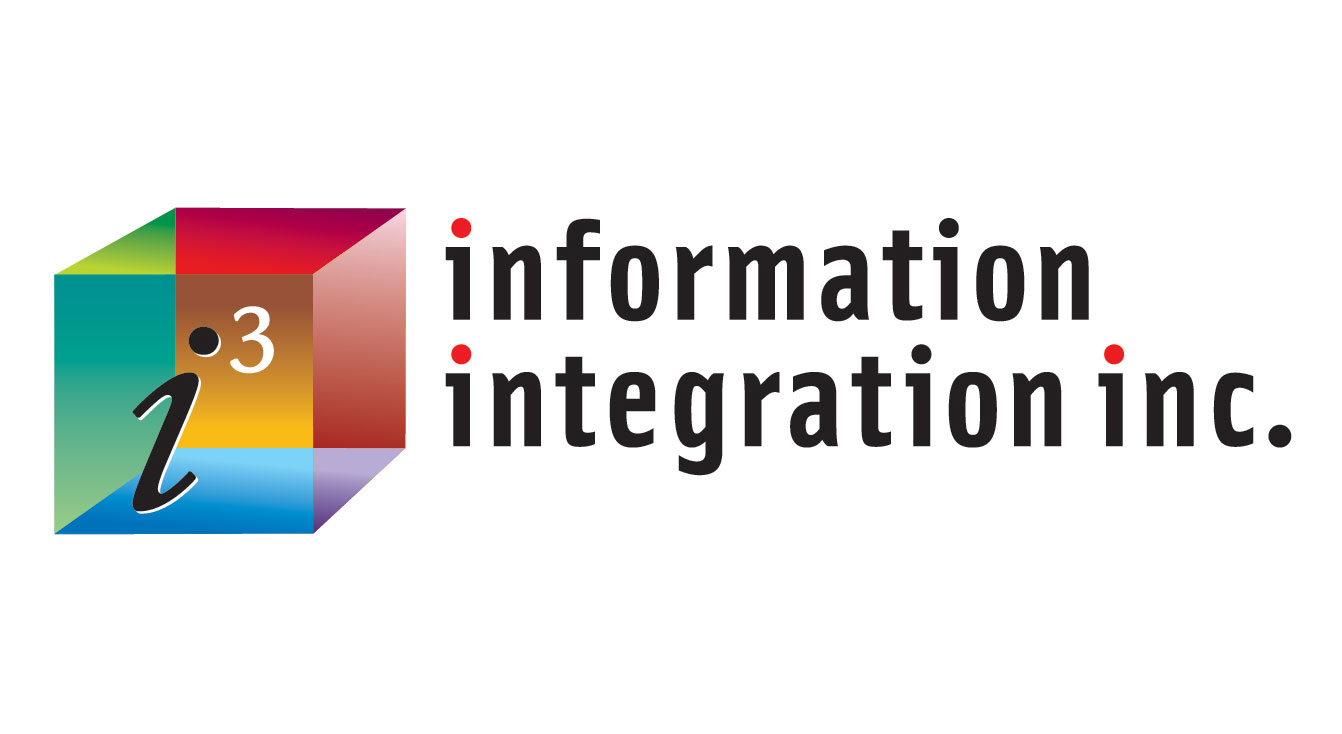Moving on from this past year during which many companies, along with their employees and contractors, hunkered down to the reality of a remote workforce ̶ a model that many did not think would survive past the pandemic ̶ many workers seem to be resolving that they will not go back to the office.
While there are advantages to allowing workers to continue to work at home from an employer’s perspective ̶ such as reduced operating costs ̶ this model is proving to have disadvantages as well. In this blog, we will share some of the pros and cons of the work-from-home model from both the employer and employee perspectives.
Some Work-from-Home Pros
For Employees and Contractors:
- Improved work-life balance and flexibility – Workers can set their own rhythms to accommodate family needs, chores, exercise, and other personal priorities without sacrificing or compromising on quality or volume of work, in part, due to the extra time available to them by not having to commute to the office;
- Perform and manage tasks and responsibilities with greater autonomy and with less management needed (or, at least, that’s the perception of many workers);
- No travel costs, resulting in more cash available in each paycheck,
- Ability to live wherever they’d like, without being tied geographically to their place of employment.
For Companies:
- Cost savings due to a reduction in the amount of “real estate” and the corresponding office furniture, equipment, and supplies needed.
- Improved collaboration amongst geographically dispersed teams ̶ While tools like Zoom and Teams were in use for this purpose prior to the pandemic, their use has sky-rocketed during this past year.
- Saving in commuting benefits paid to workers.
Some Work-from-Home Cons
From a productivity and business point of view:
Many studies have shown that in-person meetings are more effective than online meetings like Zoom, Teams, and WebEx. Further, relying on emails to “discuss” and agree upon goals, approach, strategy, deliverables, etc. increases the likelihood that something will get missed, miscommunicated, or misinterpreted.
In an in-person meeting where people collaborate and arrive at shared vision, goals, and tasks ̶ mental, social, and emotional connections are made that are both easier to recall and more effective to commit to. For example, if a team meets to go over a project plan and deliverables, everyone comes away with not only a list of deliverables, but a clear understanding of shared goals based on the discussion, idea sharing, facial expressions, body language, etc. The bottom line is that something very tangible is lost in conference calls and online meetings.
Further, the lack of in person casual interactions (such as walking into a colleague’s office or bumping into them in the hallway, coffee service area, or lunch room) eliminates the opportunity to discuss an issue that may need clarification. This results in remote workers going down an individual path, executing on one’s own plans vs. arriving at a shared understanding based on discussions with peers and management.
From a “being human” point of view:
While many remote workers have been enjoying the benefits of working at home, studies are also showing a downside ̶ significant in some cases ̶ in people’s mental and emotional health and well-being. Humans are social beings and thrive on interaction with other humans from which they get the benefits of improved energy, creativity, inspiration, laughter, emotional support, and camaraderie to name a few.
Moving Forward into Post-Pandemic Life
Employers are finding that there are no easy answers, no one-size-fits-all solutions to remote, hybrid, or full-time on-site models.
There are firms that are deciding to continue to allow full-time remote work, particularly in light of some workers preferring to leave the firm rather than return to on-site work. That, combined with the challenges of a very tight hiring market, are compelling reasons for them to continue a remote model for now.
For firms and managers that are currently allowing workers to continue to work from home, here are a few considerations and suggestions to address some of the challenges discussed above:
- Rethink how to effectively mentor and coach team members without micro-managing them;
- Shift ways of evaluating progress toward agreed-upon objectives vs. expecting employees to work on a strict 9-5 or other schedule tied to the clock;
- Reevaluate employees’ skills and cultivate new ways of relating to them and to give them opportunities to learn and grow by acquiring new skills;
- Consider introducing some remote team building and engagement activities to encourage peer and management interaction above and beyond what’s required to carry out their job responsibilities;
- Create Discussion Boards (a virtual water-cooler) on your company intranet or SharePoint site to give your workers a place to interact and discuss issues, whether specific to a project or more general in nature,
- Conduct surveys using a tool like Survey Monkey or one that is built into SharePoint to gather your employees’ and contractors’ opinions on various topics of relevance to your organization and fostering a healthy work environment.
Our next blog will focus more on the hybrid work model, another up-and-coming way to reimagine the workplace. Given there is no solid history to draw upon with this model, we think it will be interesting to explore this relatively uncharted territory!





